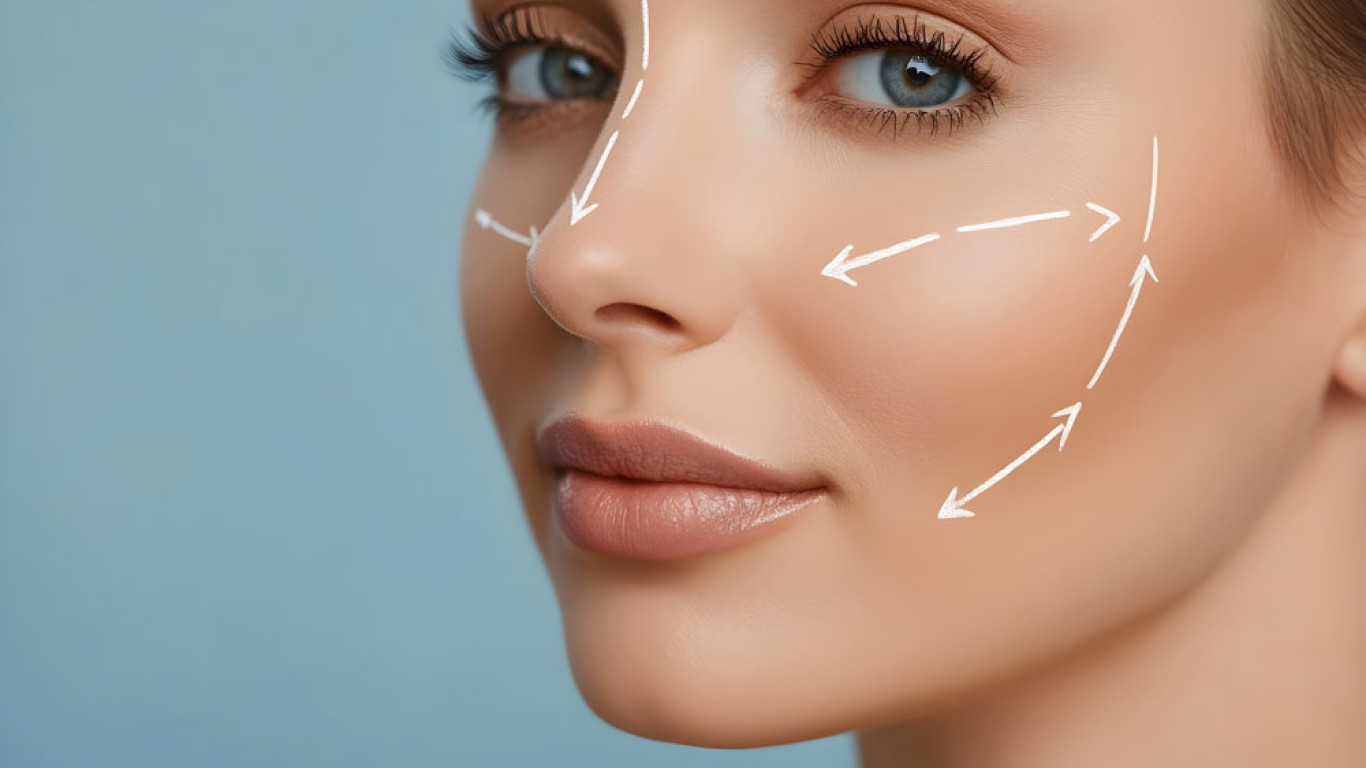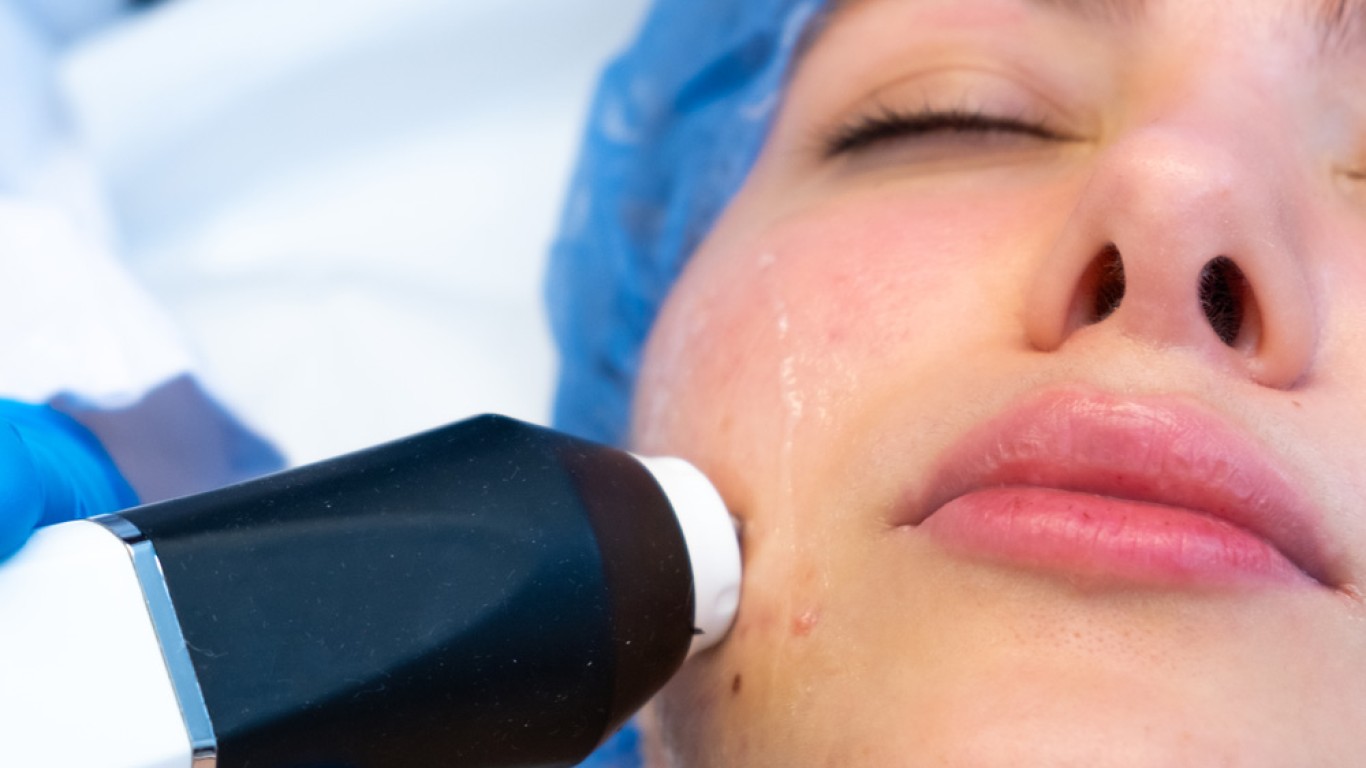In today’s world of advanced skin care, two rejuvenating treatments consistently stand out - mesotherapy and microneedling. Both stimulate collagen, improve tone and restore radiance, yet they work in very different ways. When comparing mesotherapy vs microneedling, understanding their techniques, benefits and results helps patients choose the right treatment for their skin goals.
Understanding Mesotherapy
Mesotherapy is a minimally invasive procedure designed to nourish and revitalise the skin from within. It involves injecting a customised cocktail into the mesoderm, the skin’s middle layer. It usually includes a combination of vitamins, minerals, amino acids, and hyaluronic acid. This powerful blend hydrates deeply, improves elasticity, and stimulates cell renewal.
Mesotherapy can treat fine lines, dryness, pigmentation, and dullness effectively. Because it targets skin nutrition and repair directly, the results appear fresh and natural.
How Mesotherapy Works
The treatment begins with a consultation to assess skin needs. Once tailored, microinjections deliver nutrient-rich formulas directly into the skin. These active ingredients enhance circulation and boost collagen production.
The process rejuvenates the skin by improving hydration and stimulating fibroblast activity. Over several sessions, patients notice smoother texture, improved tone, and a youthful glow. The results are gradual but long-lasting when maintained through regular treatments.
Understanding Microneedling
Microneedling is also known as collagen induction therapy. It uses tiny sterile needles to create controlled micro-injuries in the skin. These punctures trigger the body’s natural healing response, stimulating new collagen and elastin production.
As the skin repairs itself, fine lines, scars, and uneven tone begin to fade. Microneedling enhances skin firmness, refines pores, and smooths texture without using chemicals. It’s an ideal choice for anyone seeking natural rejuvenation through the body’s own regenerative power.
How Microneedling Works
During treatment, a specialist uses a dermaroller or automated pen containing fine needles. These needles gently penetrate the surface, creating microchannels that prompt repair.
Sometimes, serums or platelet-rich plasma (PRP) are applied immediately after for enhanced absorption. Over the next few weeks, new collagen forms, strengthening and renewing the skin. Results appear gradually and continue improving over several months.

Mesotherapy vs Microneedling: The Key Differences
When comparing mesotherapy vs microneedling, the main difference lies in their approach. Mesotherapy focuses on infusing nutrients, while microneedling relies on stimulating the skin’s own regeneration.
Mesotherapy delivers essential vitamins and hydration to the deeper layers directly. In contrast, microneedling encourages the skin to heal and rebuild naturally. Both treatments complement one another beautifully. Yet their techniques and results differ based on individual goals.
Mesotherapy vs Microneedling: Benefits of Mesotherapy
Mesotherapy provides intense hydration and nourishment, improving elasticity and restoring glow. It reduces fine lines and enhances tone, making skin appear plumper and refreshed.
Because it supplies the skin with targeted nutrients, results look dewy and radiant almost immediately. Regular sessions also help maintain long-term vitality by continuously replenishing the skin’s essential elements.
Mesotherapy vs Microneedling: Benefits of Microneedling
Microneedling excels at firming and tightening the skin by promoting natural collagen renewal. It improves scars, pigmentation, and texture with minimal downtime. Over time, it enhances resilience and smoothness, giving a youthful, refined finish.
Unlike mesotherapy, which feeds the skin, microneedling rebuilds it from within. The result is improved tone, structure, and elasticity across all skin types.
Who Should Choose Mesotherapy?
Mesotherapy is ideal for those seeking hydration, glow, and mild rejuvenation without downtime. It’s perfect for tired, dull, or dry skin needing revitalisation.
Younger patients often choose it preventatively to maintain firmness and radiance. Because the treatment is gentle, it suits all skin tones. It can easily be combined with other therapies.
Who Should Choose Microneedling?
Microneedling is better suited for individuals targeting texture, scarring, or signs of ageing. It works particularly well for fine lines, sun damage, and acne scars.
Those seeking long-term structural improvement rather than surface-level brightness often prefer this method. Microneedling also helps other topical treatments absorb more effectively, enhancing overall skincare results.
Conclusion
Both mesotherapy and microneedling deliver impressive, natural rejuvenation. Mesotherapy replenishes, hydrates, and brightens, while microneedling strengthens, tightens, and renews. Understanding their differences allows patients to choose wisely or even combine both for optimal results. Whether you seek instant glow or deeper transformation, these treatments enhance beauty safely and effectively.
For more information and to book a consultation visit the ACIBADEM Beauty Center Mesotherapy webpage.
Frequently Asked Questions
Microneedling rebuilds collagen for firmness, while mesotherapy hydrates and nourishes ageing skin.
Yes, combining both enhances results by tightening and hydrating simultaneously.
Typically, three to six sessions are recommended for best, long-lasting results.
Minimal. Redness subsides within 24 hours, allowing a quick return to daily life.
Mesotherapy gives instant glow, while microneedling improves structure progressively over weeks.














